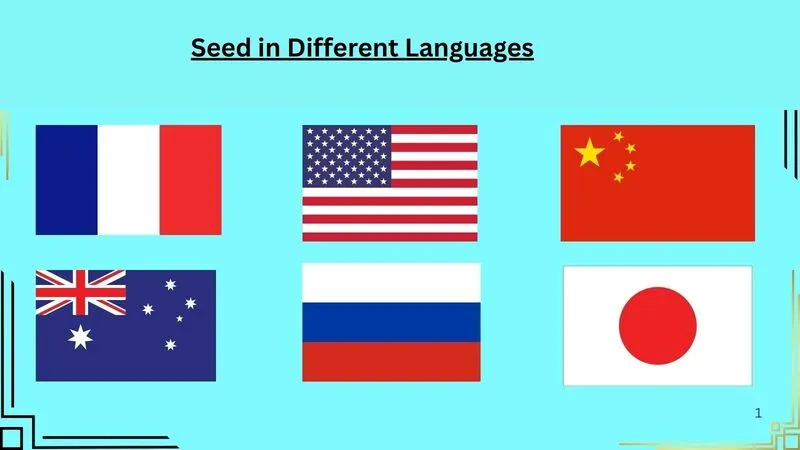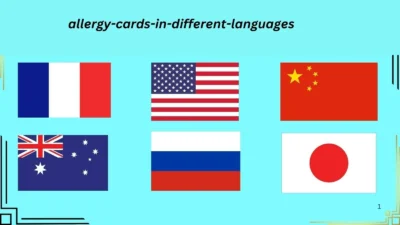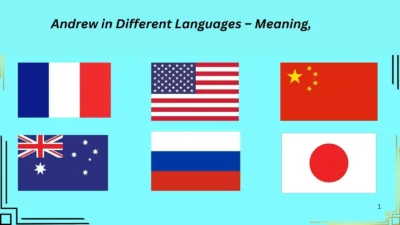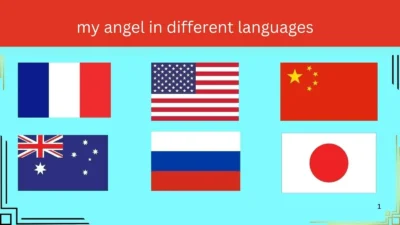Language connects us to culture, traditions, and nature. When someone searches for “seed in different languages”, they are usually curious about how this simple yet powerful word is expressed across the world.
Some people may be learning a new language, others might be writing poetry, exploring spirituality, studying botany, or just broadening their vocabulary. By understanding how “seed” translates into different languages, you can easily use the word in conversations, academic work, travel, or even symbolic expressions.
This article will give you the meaning of seed in multiple languages, explain how to use it, and help you understand its importance in both literal and metaphorical contexts. By the end, you’ll know not just the translations but also how to confidently use the word “seed” when speaking to people from different cultures.
Seed in Major World Languages
Here’s how you say seed in different languages:
- Spanish – semilla 🌿
- French – graine
- German – Samen
- Italian – seme
- Portuguese – semente
- Russian – семя (semya)
- Chinese (Mandarin) – 种子 (zhǒngzi)
- Japanese – 種 (tane)
- Korean – 씨앗 (ssiat)
- Arabic – بذرة (budhrah)
- Hindi – बीज (beej)
- Urdu – بیج (beej)
- Turkish – tohum
- Greek – σπόρος (spóros)
- Swahili – mbegu
Why Learn “Seed” in Different Languages?
- Travel & Communication – If you’re visiting another country, knowing how to say basic nature-related words like “seed” can help in conversations with locals, especially in farming or gardening contexts.
- Cultural Understanding – Seeds hold symbolic meaning in many traditions, representing growth, hope, and new beginnings.
- Academic & Research Needs – Students of botany, agriculture, or linguistics often need to know this term across languages.
- Creative Use – Writers and poets often use the metaphor of a “seed” to symbolize ideas, dreams, or life itself.
Example Sentences
- Spanish: “Planté una semilla en el jardín.” (I planted a seed in the garden.)
- French: “Chaque rêve commence par une graine.” (Every dream begins with a seed.)
- Hindi: “उसने खेत में बीज बोया।” (He sowed a seed in the field.)
- Japanese: “希望の種をまく。” (Sow the seed of hope.)
Conclusion
The word seed may look small, but it carries big meanings across languages. From agriculture to spirituality, it is a symbol of beginnings, growth, and life. By learning how to say seed in different languages, you not only expand your vocabulary but also connect with cultures worldwide.



